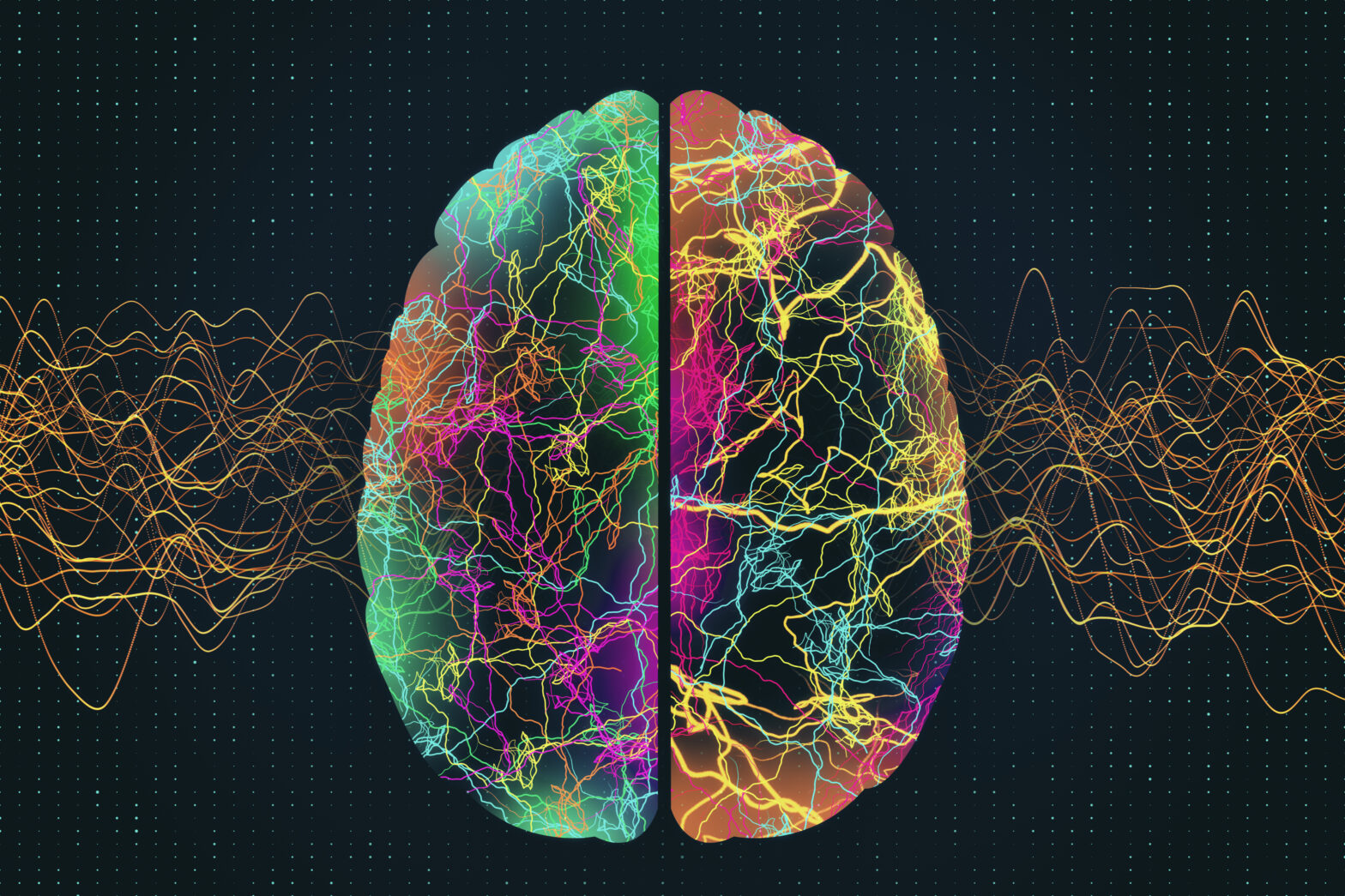The vestibular nuclear complex is an area of the brain that processes sensory information to create a motor output response. It integrates information from the vestibular system which senses motion, proprioception which senses position, visual information, as well as intended movement. [1]
Another area of the brain that is important for vestibular processing is the cerebellum.
So, we have what’s called the peripheral vestibular system that senses motion and sends that information to the brain, specifically the vestibular nuclear complex and the cerebellum. Those areas of the brain interpret that signal and compare it to the signals received from the somatosensory (which includes proprioception) and visual sensory inputs. Then it commands the motor output.
Input -> Processing -> Output
The peripheral vestibular system and the vestibular processing centers are vulnerable to repeated blast exposures. [2-3]
Impairing the input and processing components of motor outputs can have significant effects on motor performance. This is especially concerning for those in tactical professions where ownership of movement is vital.
Thankfully, both the peripheral vestibular structures and areas of the brain that process vestibular information are highly plastic, meaning they can get stronger. [4]
But like most things, to get stronger you need targeted training, consistency, and a lot of reps.
Just what you need right? Another thing to add to your training. But if we only focus on output capabilities, we miss 2/3 of the equation.
Don’t let your output capabilities be constrained by your inputs and processing.
References:
- Herdman, S. J., & Clendaniel, R. (2014). Vestibular rehabilitation.
- FA Davis.Lien, S., & Dickman, J. D. (2018). Vestibular injury after low-intensity blast exposure. Frontiers in neurology, 9, 297.
- Meabon, J. S., Huber, B. R., Cross, D. J., Richards, T. L., Minoshima, S., Pagulayan, K. F., … & Cook, D. G. (2016). Repetitive blast exposure in mice and combat veterans causes persistent cerebellar dysfunction. Science translational medicine, 8(321), 321ra6-321ra6.
- Tighilet, B., Bordiga, P., Cassel, R., & Chabbert, C. (2019). Peripheral vestibular plasticity vs central compensation: evidence and questions. Journal of neurology, 266, 27-32.
